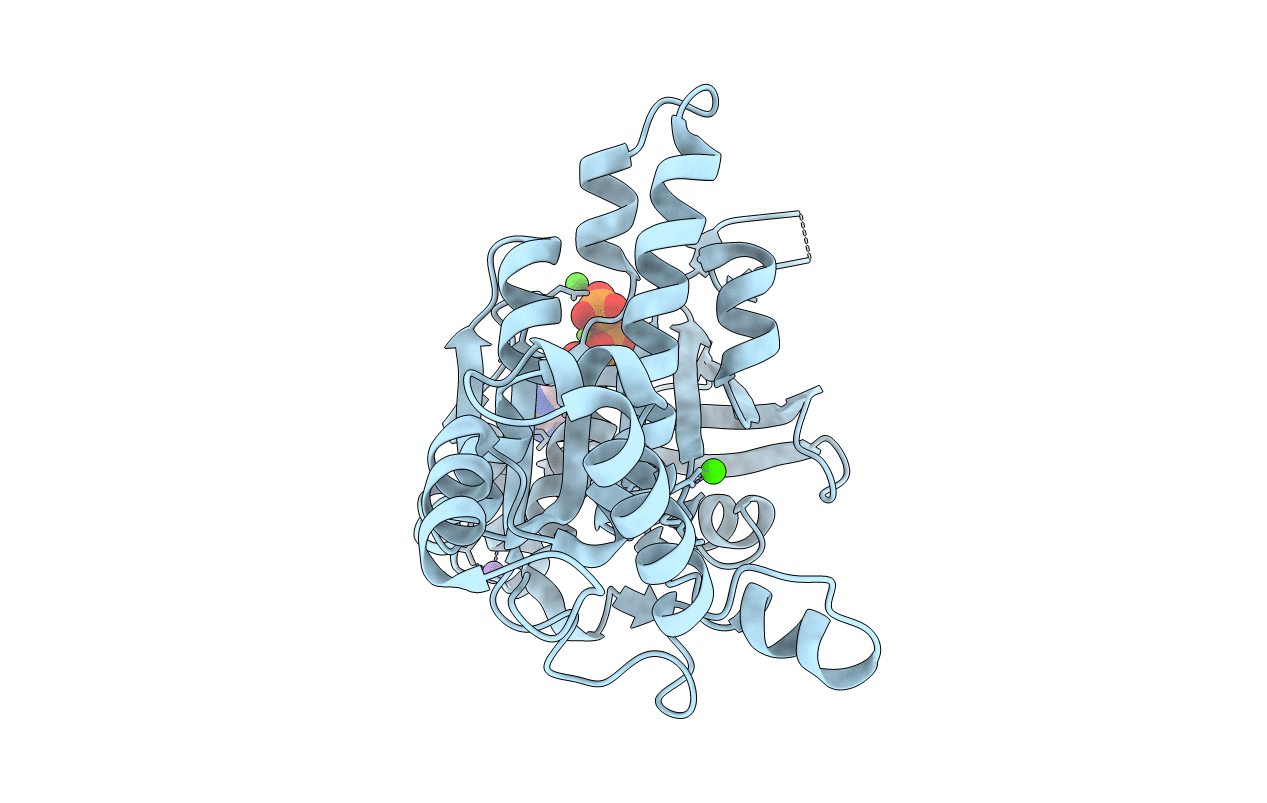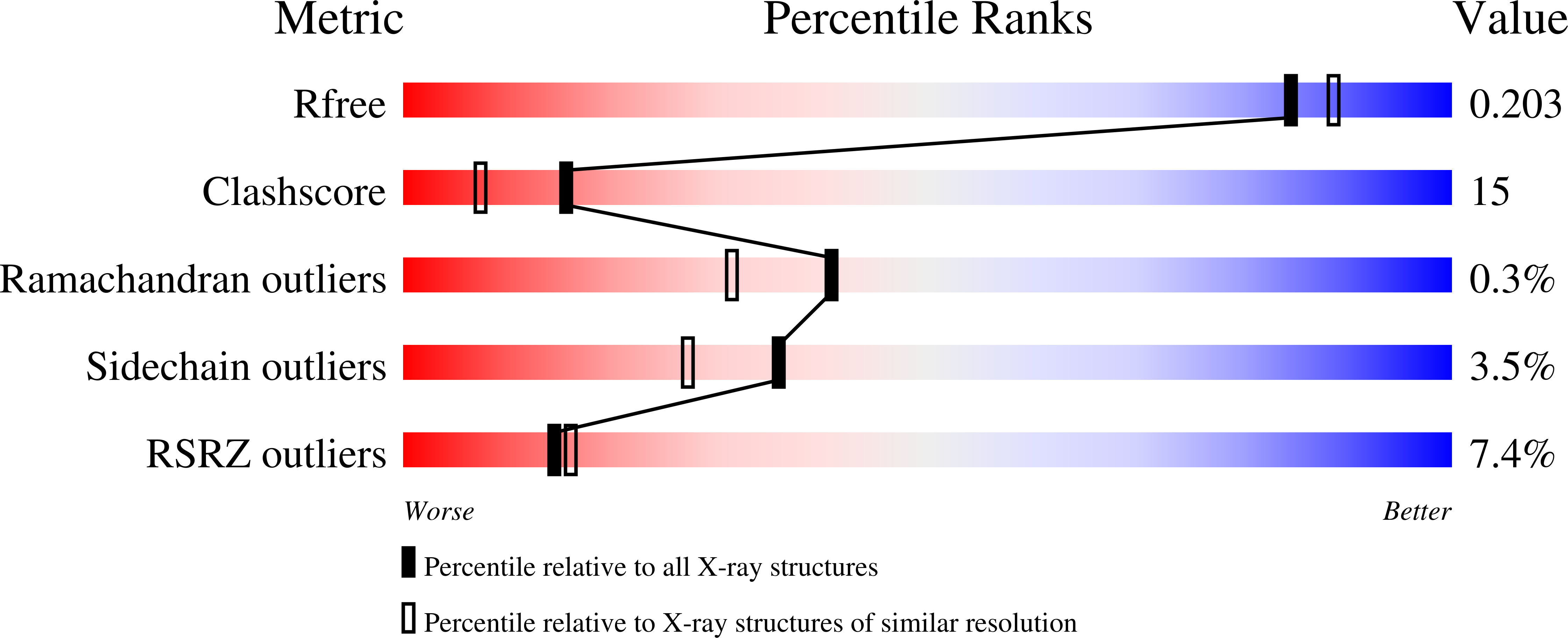
Deposition Date
2006-08-14
Release Date
2006-10-24
Last Version Date
2023-08-30
Entry Detail
Biological Source:
Source Organism:
Methanococcus voltae (Taxon ID: 2188)
Host Organism:
Method Details:
Experimental Method:
Resolution:
1.90 Å
R-Value Free:
0.21
R-Value Work:
0.19
R-Value Observed:
0.19
Space Group:
P 61


